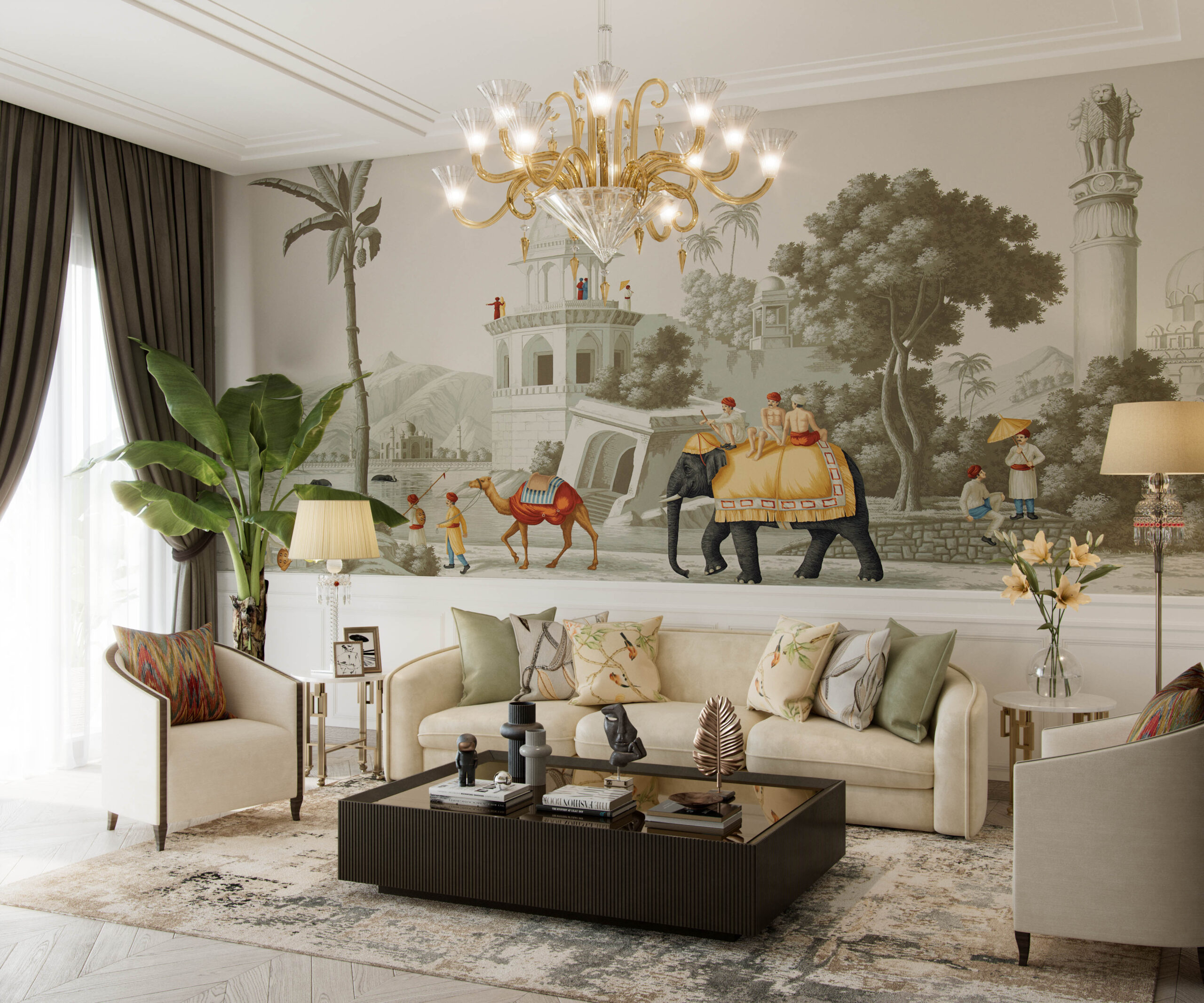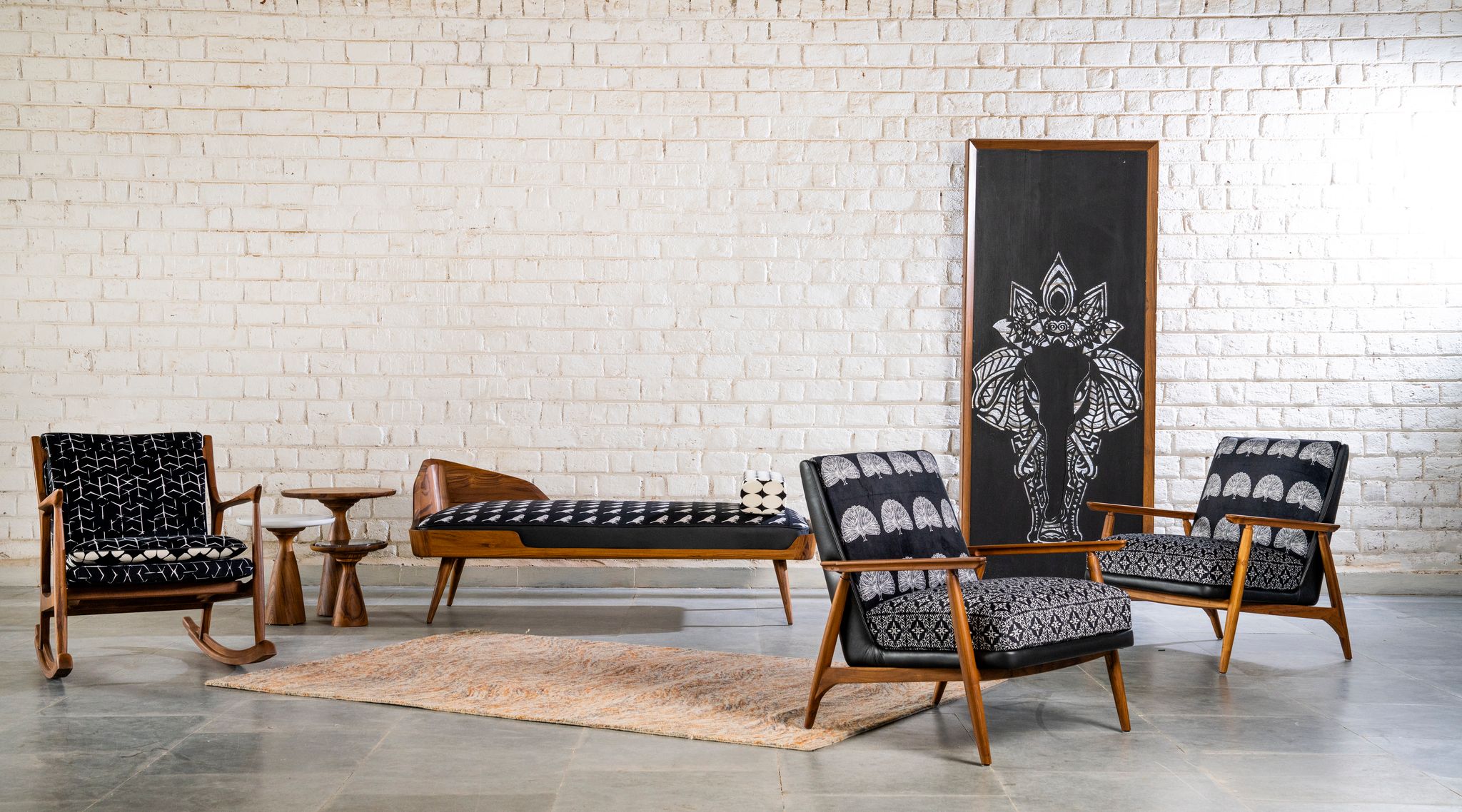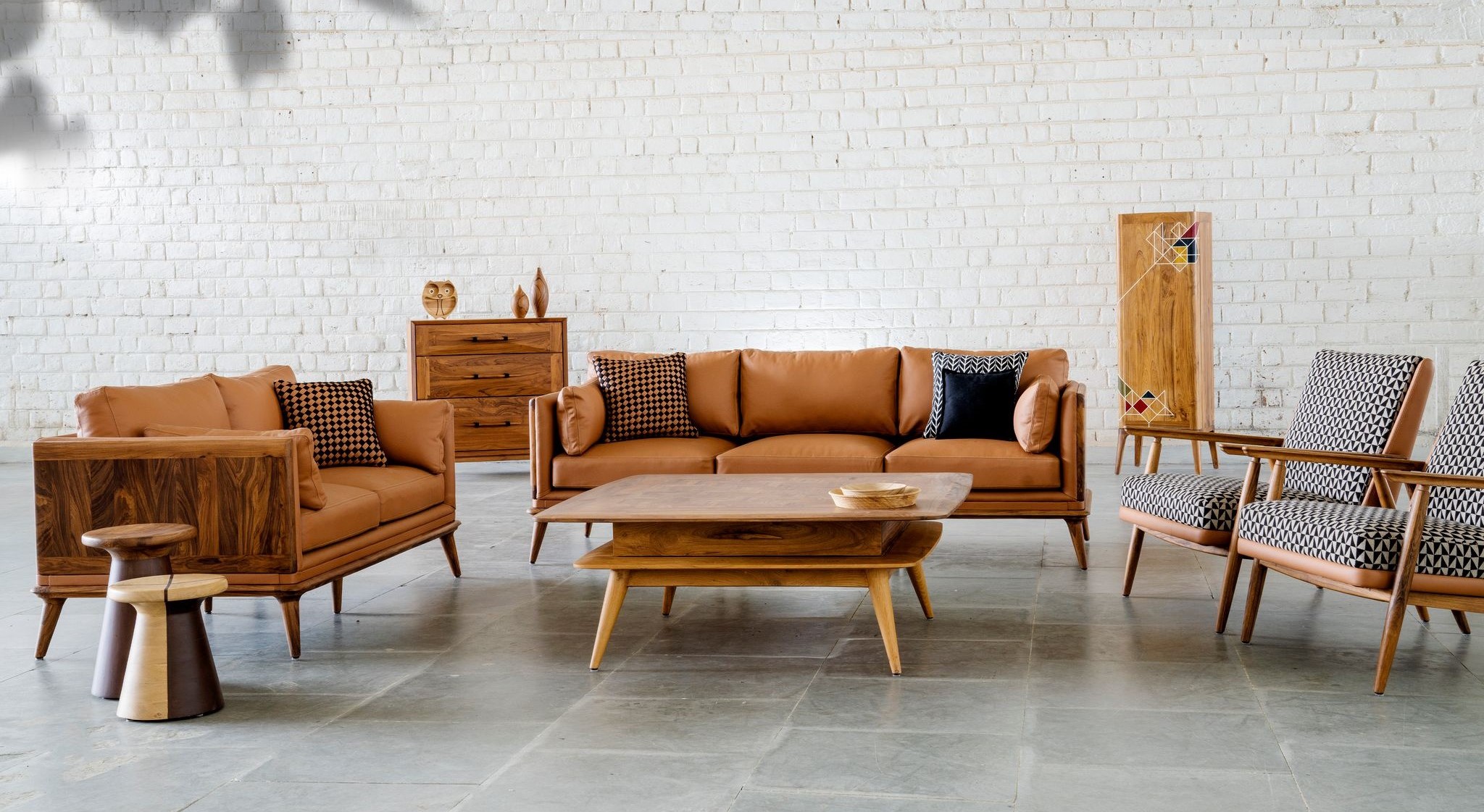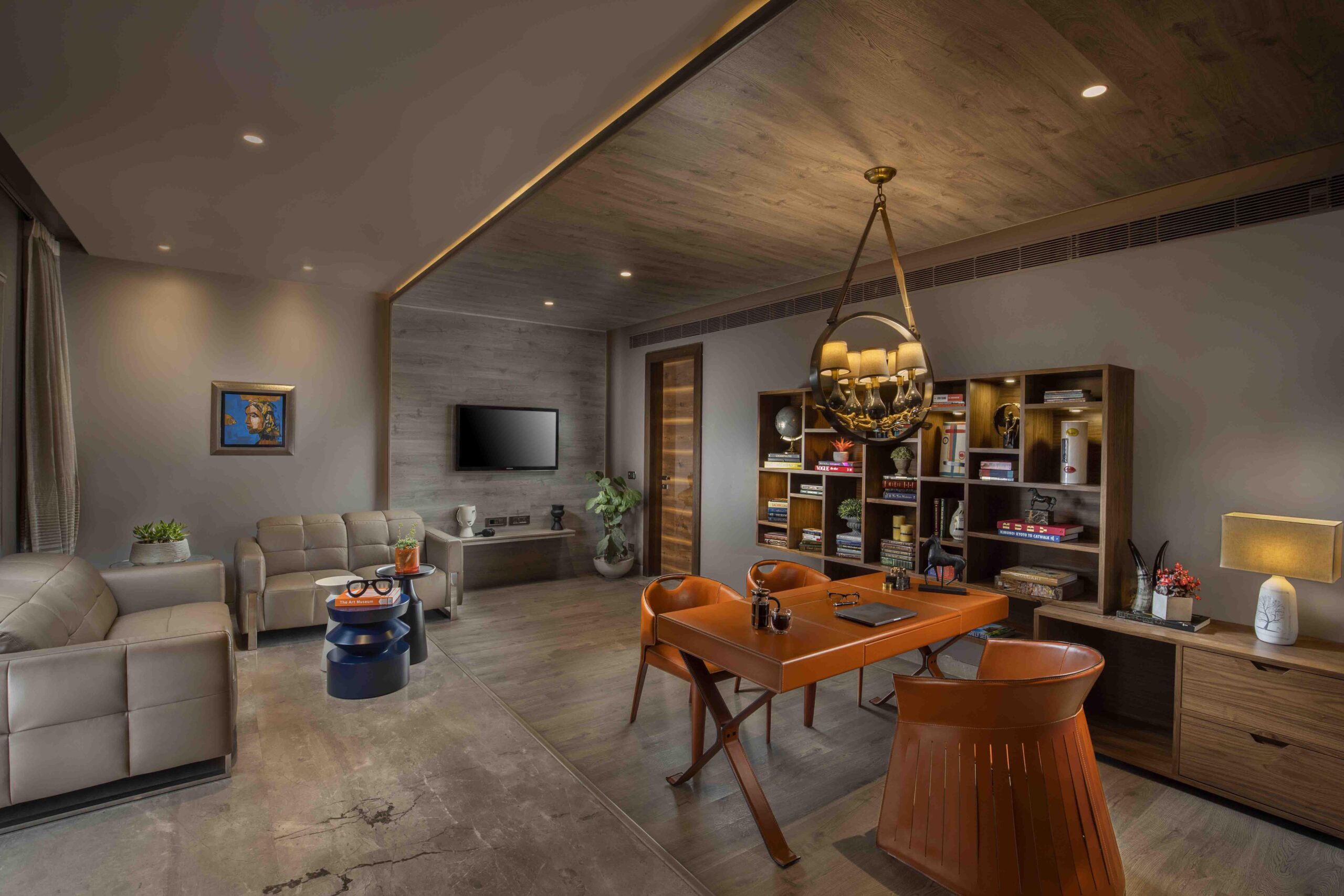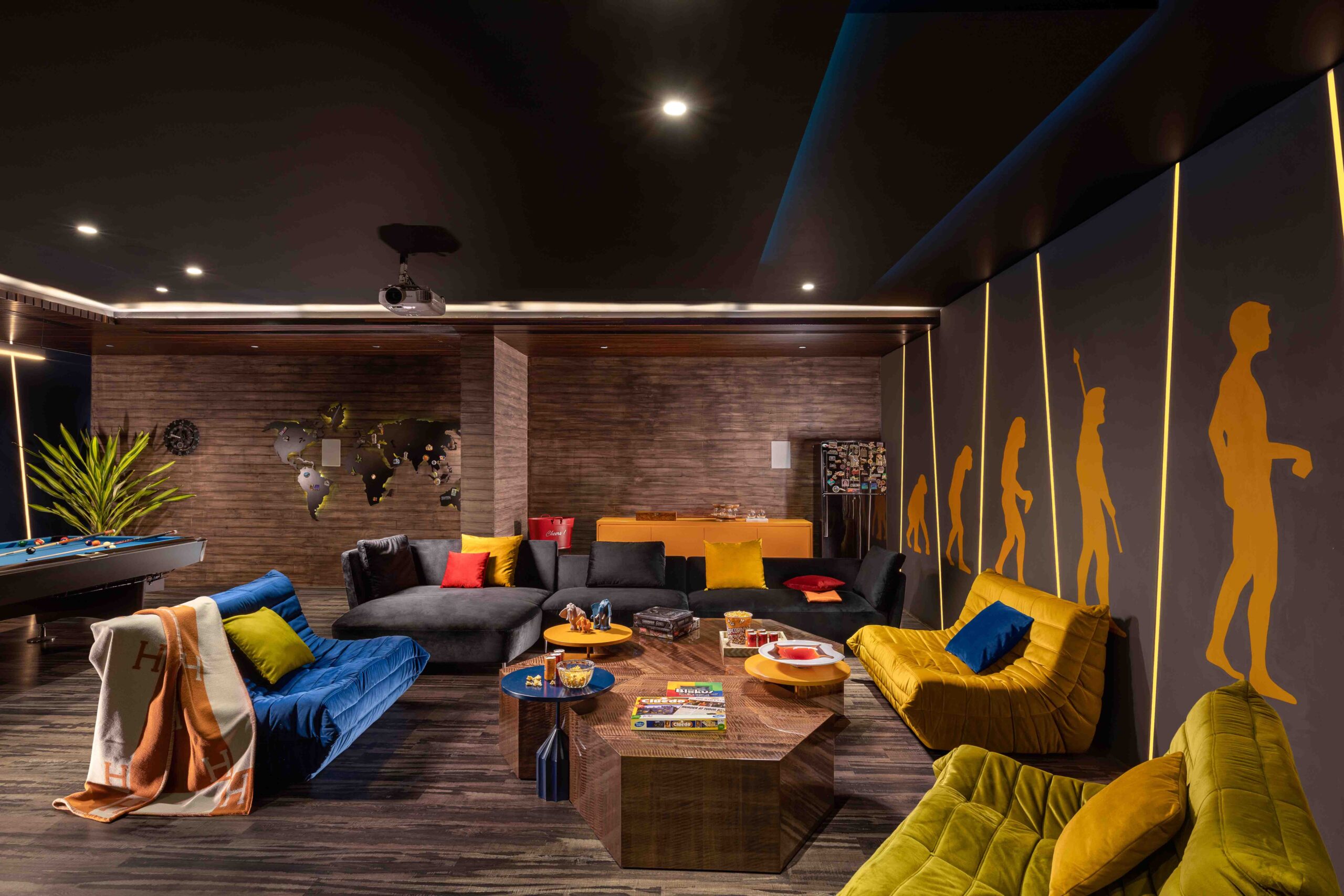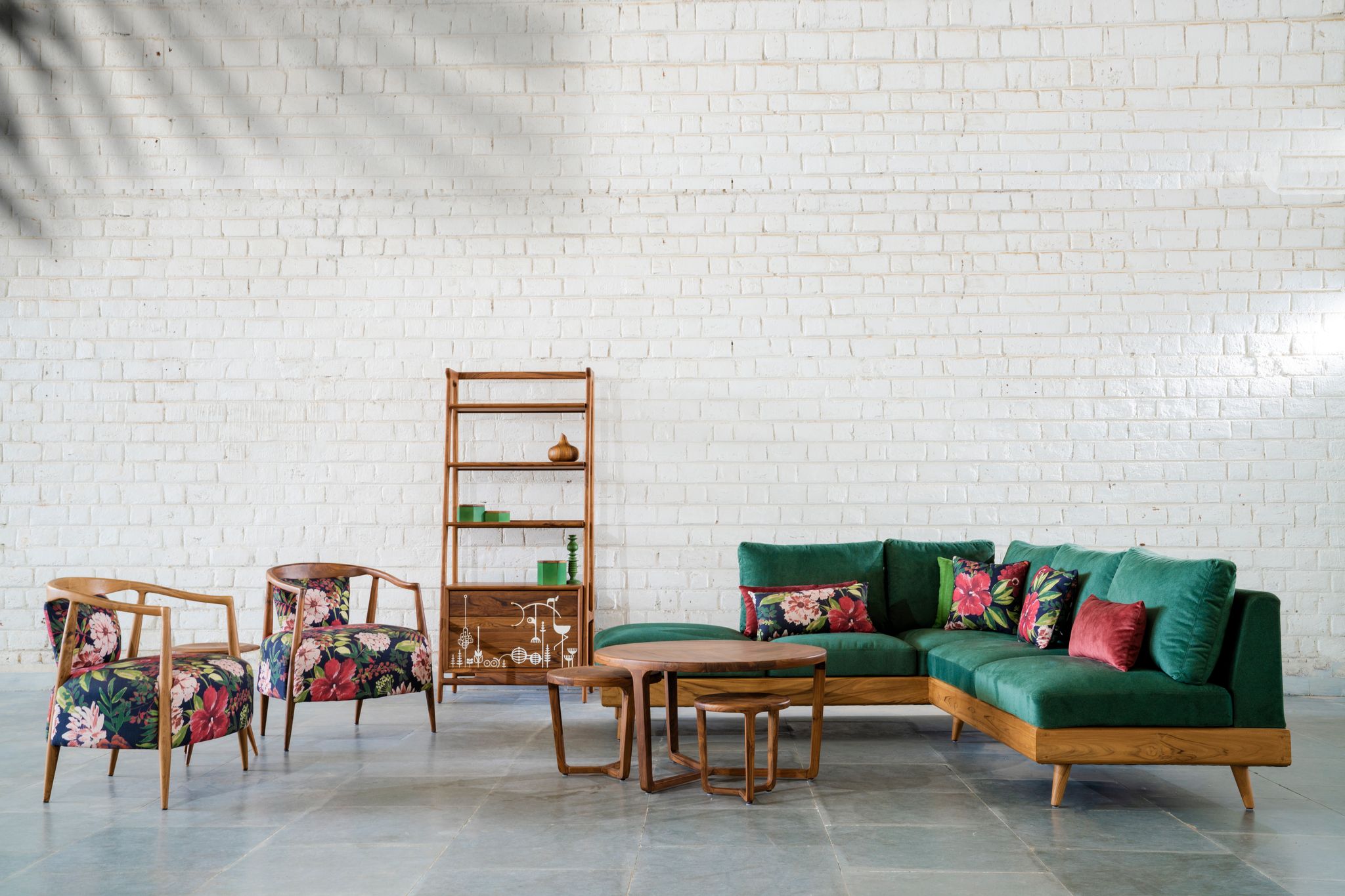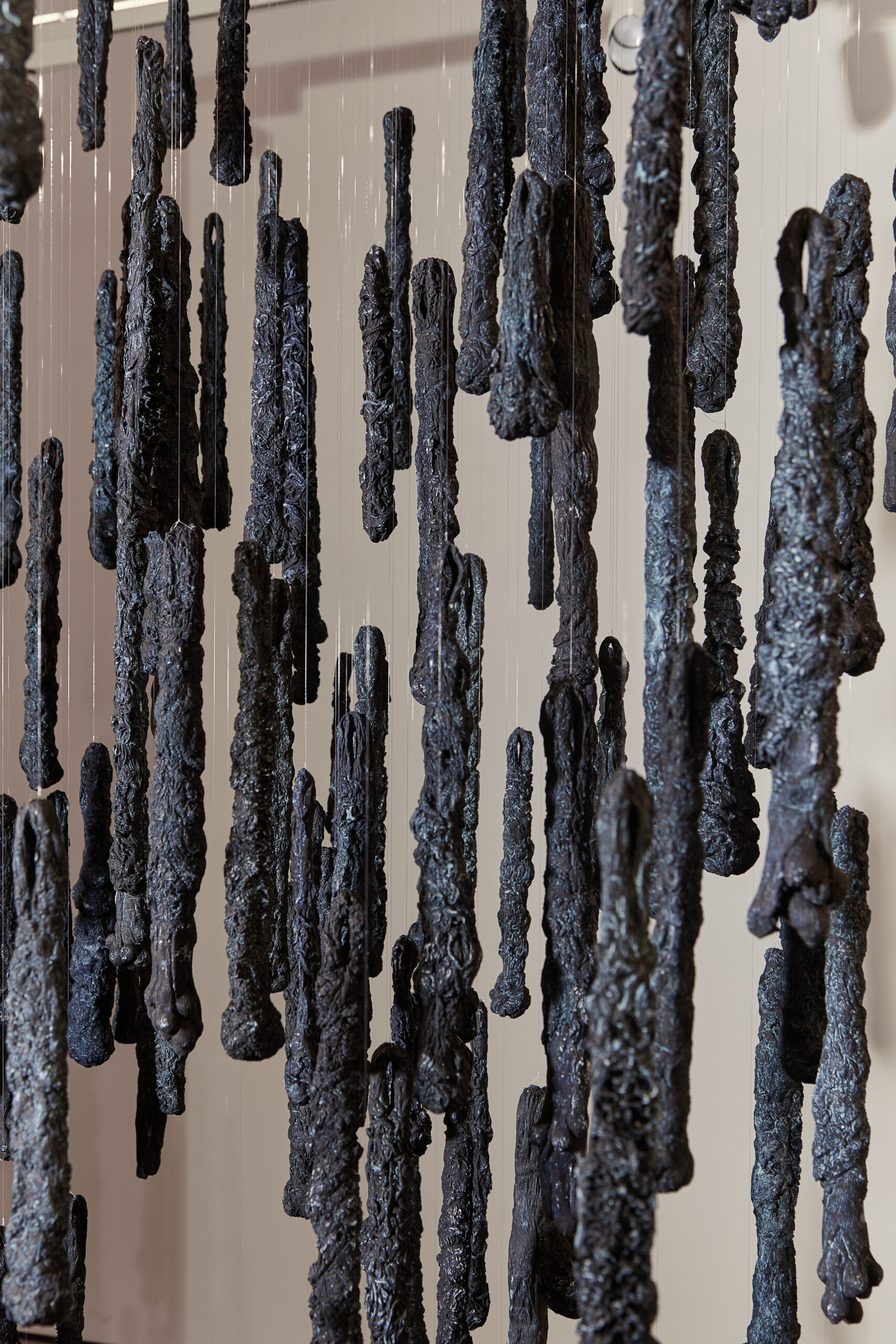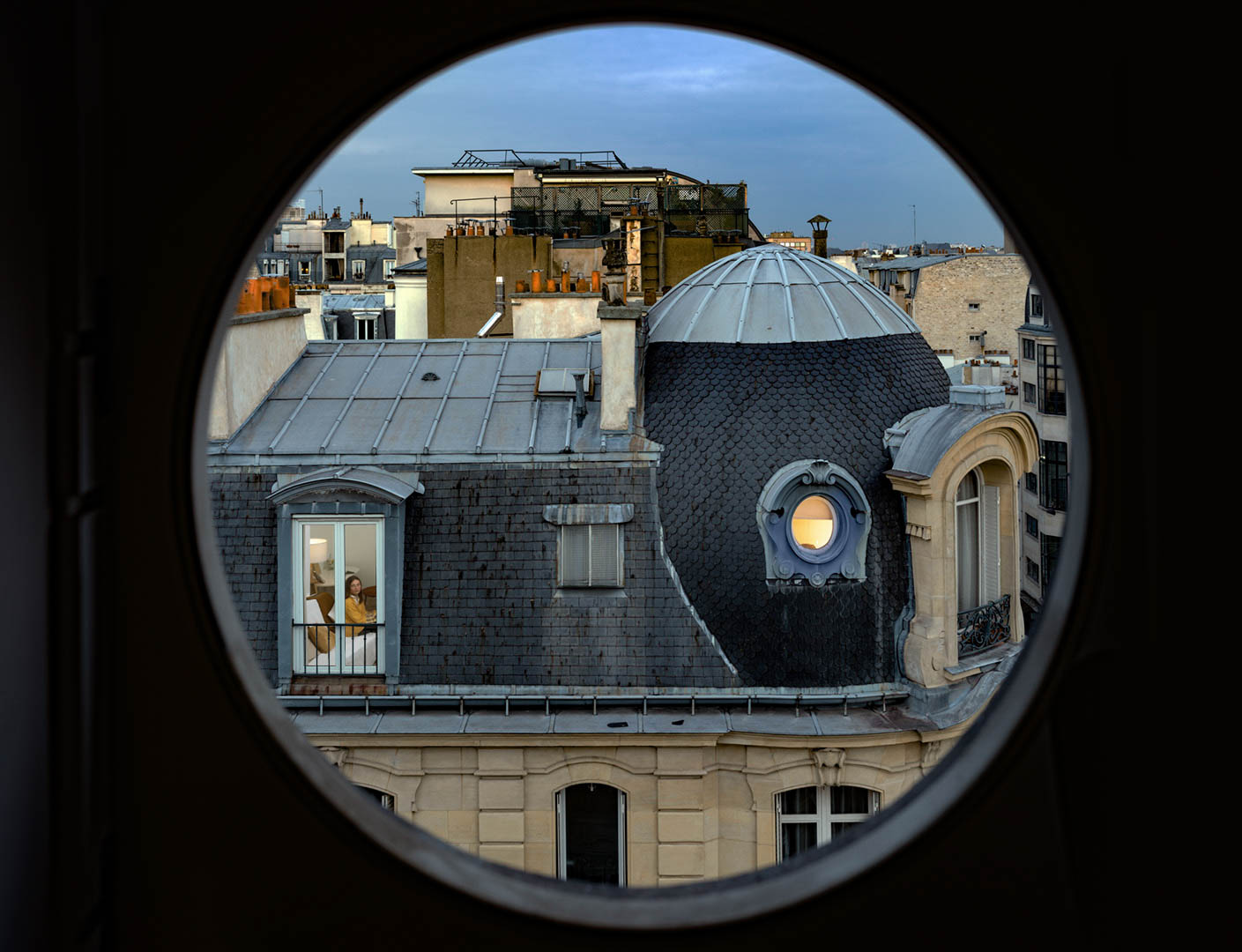The Spanish Flu of 1918, which originated in America and was responsible for the death of 50 million people globally, was probably one of the few catastrophic health crises to have been recorded in modern times. The unprecedented death toll led many families to rethink their lifestyle – giving birth to novel ideas that seem usual now.
The concept of ‘powder rooms’, or half bathrooms on the first level, is a result of the Spanish Flu. It helped people to wash themselves right near the entrance once they stepped into the house. It also served as an alternate bathroom for ‘outsiders’ and delivery people – to limit the spread of germs to certain areas only.
Another long-lasting consequence of the Spanish Flu on home décor was the introduction of tiles in bathrooms and kitchens. Curtains and sheets were removed to make way for these glossy pieces that could be easily cleaned with just a swipe.
Our very own Covid-19 virus has taken far fewer lives, with the total so far coming to 6 million globally as per WHO, but has been equally devastating. Not to undermine the importance of this 2019 virus, but it has stirred some changes of its own in our architecture and home design as well.
In Times of Zoom
The biggest, most everlasting change due to the coronavirus pandemic has been the introduction of home offices. Although they existed before, their need reached skyrocketing heights as parents tried to juggle work, kitchen, children, and more, in the same space. Apart from the limited acreage which made living and working together tough, the pandemic highlighted the need for ‘mental space’ as well.
Home designs by Aparna Kaushik.
Aparna Kaushik, a New Delhi-based architect, says, “A house is not just a place to live anymore. It has become multifunctional holding an office, gym, yoga studio, relaxation area and people are looking to create homes that reflect this.”
For many, working from home has become the new normal and the transition to a digital way of working has shifted many perceptions about space planning. Home offices with multifunctional spaces has become an essential. Work surfaces with large storage spaces will continue even beyond the pandemic as working remotely is becoming widely accepted.
While demarcating an entire room for a home office might not be as easy as it sounds, a way around is placing multi-functional furniture that transforms itself as per requirement. For example, Alankaram, an Indian design and manufacturing studio, offers a side table that can convert into a laptop rest. Delicate oriental screens can be used to divide the living room and create a tiny cocoon of an office space as well.
Designs by Alankaram.
Go Big or Go Home
What started as a need for an in-house office or ‘quiet space’ quickly turned into a demand for a bigger home. Social distancing eliminated the need for company or neighbours. When making do turned out to be tougher, especially as lockdowns continued for longer than we thought, many families started scouting for bigger homes that could accommodate everything.
“People want more spacious houses to enjoy a better quality of life. This is why they are investing in second houses in the outskirts of cities, closer to nature,” says Sajal Lamba of Wriver, a luxury furniture brand. The 2022 home should now have an office, a hobby space, a meditation room, a gym, a playroom for kids, and ahem, a spa as well.
According to Knight Frank’s latest report, quarterly sales in the first quarter of 2022 (January-March) surpassed 78,627 residential units. Mumbai recorded the largest volume in sales at 21,548 units in Q1 2022, while Delhi-NCR recorded the highest year-on-year (Y-o-Y) growth in the sales volume of new homes at 123 per cent. Bangalore, which ranked third in terms of residential sales volume, also posted an yearly growth of 34 per cent in Q1 2022, with 13,663 new units sold.
Anarock – a property consulting firm – revealed data pointing towards more interest in high-end and luxury homes, as compared to affordable housing. In Delhi-NCR, 4BHK+ and plots stole the show, where the preference for independent and low-density living resulted in 4BHK accounting for 17 per cent of sales, and plots accounting for 16 per cent during the fiscal year. In the Mumbai Metropolitan Region, mid-range housing accounted for 46 per cent of overall demand during FY21-22, while high-end homes accounted for 39 per cent. Bengaluru’s home buying pattern echoed similar sentiments. A significant part of the demand in the city appears to be fuelled by an appetite for second homes in the city’s peripheral locations.
Inviting the Nature
Buying homes in the outskirts of city lines is just the beginning. With well-being – physical and mental – becoming an important factor in daily lifestyle, living with nature became a thing. The pandemic made people realise that hell hath no fury like mother nature scorned. It is time to respect and embrace our surroundings.
“The boundaries between the indoor and outdoor have blurred with the use of sliding-folding doors that open to green pockets. In addition, furniture pieces suitable for the tropical climate are being opted to maximise the open spaces during good weather,” says Lamba of Wriver. Outdoor furniture includes options such as rattan chairs, cool-shaded loungers and even 24-seater dining sets that can be covered.Expanding on Lamba’s opinion, Ar. Kaushik says, “Open plans, views to the nature and spaces opening up to the outdoors forging connections has become important.”
As for inside, sustainability is increasingly becoming a major part of home design. Rishabh Kapoor, Founder & Interior Designer of Design Deconstruct is seeing customers enhancing their homes with nature-friendly materials in a big, lavish way. “A lot of open-grained wood is being used. This brings a certain bit of nature in our homes, by not processing it too much. Another trend that we are sure is here to stay is the use of more environmentally friendly materials and practices in construction.
This is something that has seeped in through the west. People are more conscious of the impact of construction on the long-term well-being of the environment. This stems right from the planning of the façade materials, to using passive solar techniques in architecture. Such practices significantly reduce the demand for using air conditioning by lowering the indoor temperature,” he explains.
Home design by Design Deconstruct.
With India’s ‘close’ relationship with the sun, solar panelling is certainly something that defines ‘living with nature’ in the most primal way, executed through modern technology. Indoor greenery has been an old-age, popular technique that allowed not just a fresh tinge of colour, but also cool temperatures inside. High maintenance led people to shun indoor plants before, but with the changing circumstances, real indoor plants have come back into fashion, sometimes converting into a meditative hobby in our currently stressful life. Similarly, homeowners are now increasing their focus on landscape design and management as well, as they try to juggle their flora between easy-to-maintain shrubs interspersed with some exotic species like Bonsai.
Technology’s Role
As people stayed indoors more, the need for faster, efficient home processes increased as well. From being just a ‘bed and breakfast’ outlet, our homes became, well, homes. They needed quality, design, safety, upkeep and some modern facilities to ensure smooth working.
That’s where home technology comes in. “We are living in a golden age of development by relying on technology in our pockets that is capable of dozens of communications. Home technology that works together in one system, making the house connected and controlled from just a touch is a luxury that was not possible in the past,” says Ar. Kaushik.
Home technology that not only brings all processes together seamlessly, but also brings down energy costs is much required as per Ar. Kaushik. Precise control over cooling or heating and temperature preferences of the home and motorised blinds and lights that can be programmed to switch from morning to evening mode according to natural light available are some technologies that are being utilised in homes now.
From a design perspective, digital elements can be easily made to look like a natural part of the house. “Aesthetics wise, a lot of options have come up in recent years from a variety of brands and integrators. There are different materials and finishes to choose from like glass, metal, and even wood to match the design flow,” says Kapoor of Design Deconstruct.
Maximalist, Minimalist or Individualist?
That’s a million-dollar question. While most will say minimalist (because that’s the trend, right?), it’s not entirely true. Our personal aesthetics have undergone a sea-change since the pandemic hit. From not having enough time to really focus on the curtain colour, we have gone full Marie Kondo-Ninja, where even storing our socks in rainbow sequence (from light to dark) is delightful.
“Design is a personal choice and reflects the personality of the occupants. The minimalist trend is defined by easy on the eyes with aesthetic, clean lines and neutral palettes. Maximalism is fuller, dramatic and is all about ‘more is more.’ When used strategically, prints, patterns, and motifs can paint a beautiful visual. Indicative of the name, individualist designs give a distinct characteristic to different parts of the home,” explains architect Anupriya Sahu, Founder and Design Head of furniture brand Alankaram.
Design by Alankaram.
However, now, more than ever, individualistic style has become the norm. “People prefer being Individualists. They have spent so much time at home that their understanding of their needs and preferences has evolved. Hence, comfort and functionality have become of utmost importance, which, paired with aesthetics, is the new definition of luxury,” say Lamba of Wriver.
Ar. Kaushik reiterates this sentiment – “Residential design is very client specific. In the luxury design sector, designs should reflect timelessness. In specific styles like neo-classical, modern classic and neo modern – it is about the balance of details, proportions, balance and symmetry. Clients individually present their own set of requirements that function for their respective family.”
There are some basic elements, however, that creep in irrespective of whatever individualistic style you choose for home design. “Soothing, calming, and nature-inspired spaces” are some characteristics mentioned by Ar. Kaushik for home design. Colours and textures will be key in providing comfort and warmth to spaces. Warm palettes, organic and natural colours will be important. Bright colours that bring in some character and joy can be added as accents in the space.
Designs by Aparna Kaushik featuring calming, nature inspired spaces.
People are shifting focus to new materials as well as they get more in-tune with their design sensibilities. “Five years back, people looked at marble as the only option for flooring of luxury spaces, however, that idea has long been dropped. A lot of new materials like tiles, and epoxy are being looked at now,” says Kapoor of Design Deconstruct.
Homes are truly a reincarnation of its members now. What works for one family might be a disaster for another. The pandemic made our homes a sanctuary to hide in, recover in and eventually celebrate in. Everything changed during the pandemic. But our homes remained constant. It’s time to look at it with new love if you haven’t already.
Words by Soumya Jain Agarwal.
Images via Aparna Kaushik, Alankaram, and Design Deconstruct.
